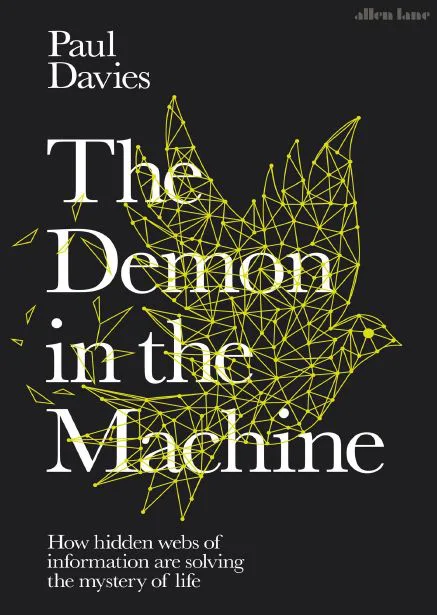
The Demon in the Machine: How Hidden Webs of Information Are Finally Solving the Mystery of Life by Paul Davies was first published in 2019. This book comes with a wealth of knowledge, as the author has put together physics, chemistry, biology, and information theory.
Professor Paul Davies is a theoretical physicist, cosmologist, and astrobiologist. Serving as Regents’ Professor of Physics and heading the Beyond Center for Fundamental Concepts in Science at Arizona State University, he oversees a cancer research initiative and co-leads a cosmology program. His research ranges from the origin of the universe to the origin of life and the nature of time.
Unlocking Life’s Mysteries
“The Demon in the Machine” offers a refreshing take on the origin of life from a different perspective from the usual one.
Davies starts with the question, “What is Life?”. A similar query was discussed by Schrödinger in 1943 during Dublin lectures. Davies, like Schrödinger, identifies that conventional physics falls short in answering this question. He asserts that a ‘new physics’ will be necessary and offers two potential avenues for its development:
- Maxwell’s demon (a.k.a The Demon in the title) and
- The concept of information.
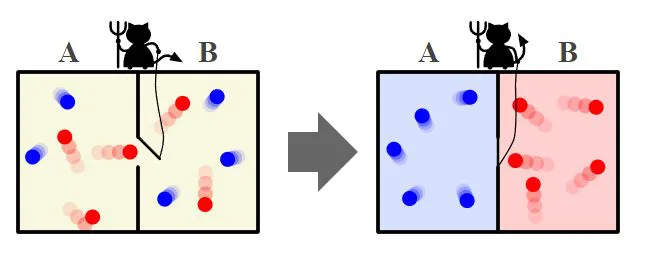
The term “Demon” here suggests to a concept in physics known as Maxwell’s Demon, as shown above. This hypothetical being could theoretically reduce entropy of a system by controlling a door, which separates hot molecules from cold ones. So, one probability is that, the demon may allow hot molecules to remain on one side while permitting cold molecules to move to the other side. The “demon” in biological processes can perform this trick by focusing on quantum processes within the cell.
But before going further, let’s lay some ground work for the Demon to enter the scene.
Life, Information, and Complexity
The idea in the book hovers around the connection between life and information.
The author says that if we break down life into its fundamental entities, it would closely resemble to a computer minus the software part. In this analogy, the software represents information, which includes:
- DNA material, and
- networks functioning within the sentient beings.
This information and the way its processed with the living being corresponds to the complexity of life. Davies claims that focusing solely on genes, as Dawkins-style reductionism does, overlooks the bigger picture. It is the combination of both – the intricate interactions and networks of information throughout an organism – which truly give life its rich complexity, and not just the genes alone.
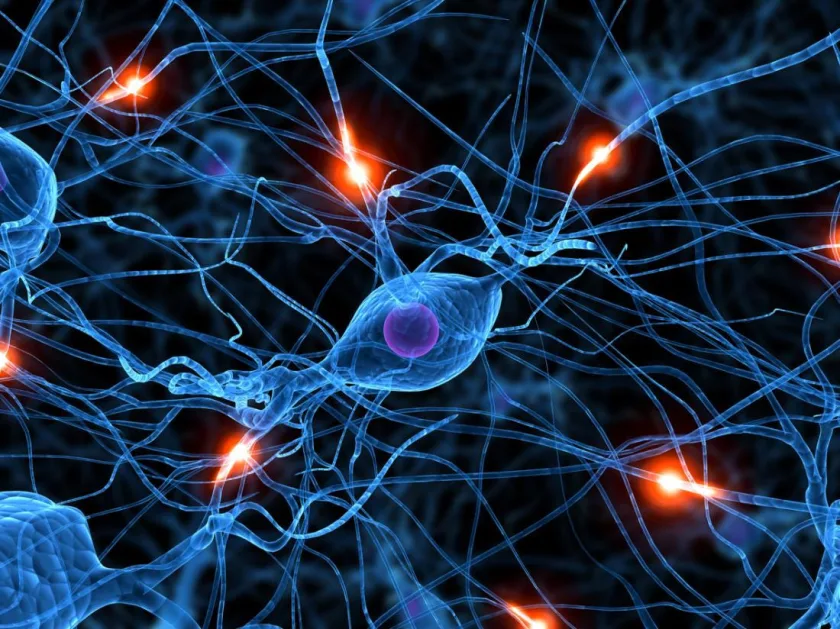
In living beings, there is an interesting relationship between information and physical structure. Since, the information within the organism can change and adapt over time. It’s like saying computer program that can do permutations and combinations on its own code while it’s running. Thus, improving and responding/reacting to new conditions. This ability for self-modification is what makes the biological systems so sophisticated and dynamic.
Although, Davies says that we still have no idea how life came into being but by understanding the connection between the physical and informational aspect we can gain some perspective into the workings of molecular machines inside organisms.
So, how do these tiny machines work?
Davies then introduces Maxwell’s Demon. A theoretical nano being imagined by the 19th-century Scottish physicist James Clerk Maxwell.
Again, a slight detour. Let’s talk about entropy. It is a measure of randomness (of a system) that tends to increase over time according to the second law of thermodynamics. However, when it comes to life, there is an anomaly. Life operates towards maintaining order and complexity, which is quite opposite to randomness. Through processes like metabolism and reproduction, living beings manage entropy (locally) by creating and maintaining order within themselves.
So, the next question that arises is: How does life seemingly defy the second law of thermodynamics and result in a decrease in entropy? Enter Maxwell’s Demon. Davies illustrates that miniature biological systems display behaviors similar to those of Maxwell’s Demon. These systems, operating at the molecular level, effectively regulate and manage information within their structures.
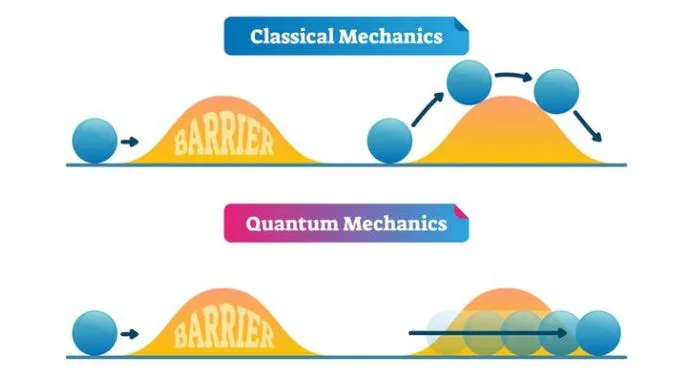
Quantum Phenomena in Biology
Davies talks about two quantum phenomena that he refers to as ‘Demons‘ playing crucial roles in biological processes.
- The first is quantum tunneling. It is a quantum mechanical phenomenon where a particle can pass through a potential energy barrier that it classically shouldn’t be able to cross. The possibility of crossing over the wall is a direct consequence of the wave-like properties of particles described by quantum mechanics. As per the author, quantum tunneling facilitates the synthesis of ATP, a molecule essential for energy production in living organisms.
- The second phenomenon is the ability of quantum particles to exist in multiple locations simultaneously, a principle that is important in photosynthesis.
Since, these processes highlight the importance of quantum effects in biology, so does that mean that life itself is a quantum phenomenon? No, rather Davies suggests that it is likely that evolution would have discovered and utilized it. Although, his argument appears to be speculative but no doubt it’s plausible.
Exploring Information as a Key to Life
The author’s second proposed explanation is information. Watson and Crick discovered the structure of DNA in 1953, and it gained further momentum after the human genome was sequenced between 1990 and 2003.
Genes are like blueprint which determine the inherited traits of all living organisms. Therefore, it is understood as information. Accordingly, it could be argued that life itself is fundamentally “information”.
Another interesting thing Davies points out is that the information in genes does not act on its own; instead, it is the cellular processes that utilize this information to enable life. Hence, information alone is not sufficient to explain life – it requires the cellular mechanisms to interpret and act upon it.
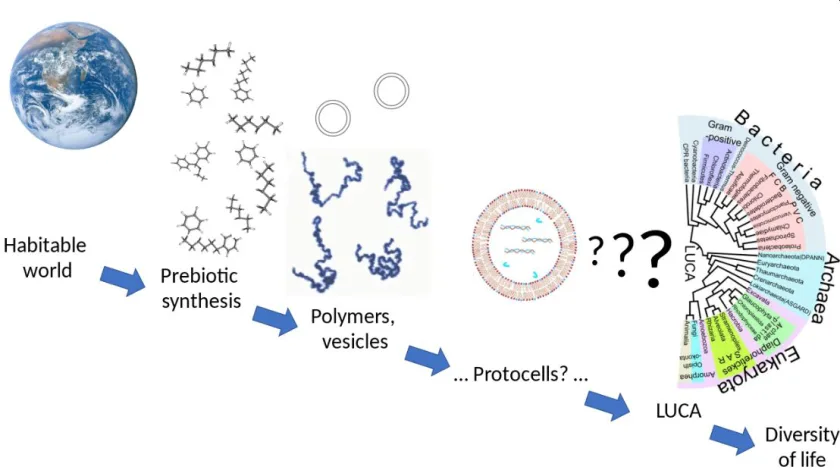
The Origin of Life
The author continues with his exploration with the origin of life. But the reason behind how complex organic molecules self-organized to initiate biological processes, still remains elusive.
Some scientists are of the view that life is an exceedingly rare event. And its origin could be a “’chemical fluke”. So, if it’s rare, we are likely to be alone in the universe. While others believe that life will emerge wherever conditions allow.
Davies tends to favor the initial perspective. He gravitates towards the idea that the origin of life is an extraordinarily rare event.
Davies’ Call to Bridge the Gap Between Physics and Biology
The entire discussion in the book then convergences towards the “hard problem of consciousness”. The quest to understand consciousness spans across numerous fields, with countless attempts to unravel its mysteries. Most are focused on deciphering how and why our subjective experiences emerge from the physical workings of the brain.
In his epilogue, however, Davies acknowledges that there is indeed a profound conceptual gap between physics and biology. And to comprehend the complete explanation of living matter requires the basic understanding of the nature of physical laws. Since, he has contributed towards the exploration of quantum phenomena and informational complexity, Davies asks his readers to surpass his contributions. And delve deeper into the mysteries of life’s fundamental principles.

Takeaway
Reading “The Demon in The Machine” was an absolute delight especially because I have been thinking about the intersection of biological processes and quantum phenomena for quite some time. The insightful exploration of the connection between information and entropy is quite digestible. It’s like progressing to a higher level of understanding after grasping the concept of Richard Dawkins’ The Selfish Gene – the basic epigenetic mechanisms, like switches that turn genes on or off, affect how they even work.
It is a struggle for me to accept the notion that life is merely a cosmic accident arising solely by chance. And the existence of consciousness itself has left me pondering its purpose. If, let’s say, it’s a mechanistic universe, consciousness doesn’t seem necessary. Although, no one has come close to answer these deep questions but Paul Davies has surely presented some thought-provoking ideas that challenge the confines of current reductionist scientific ideologies.
Despite the complexity of the subject matter, this book is truly worth reading at least once. Highly recommended!



